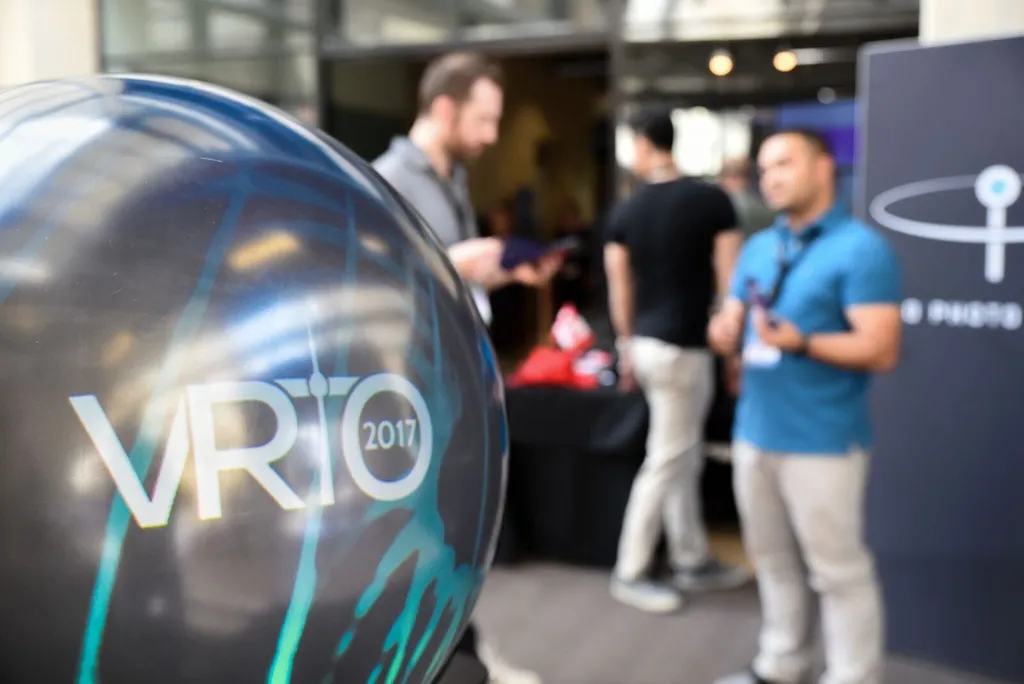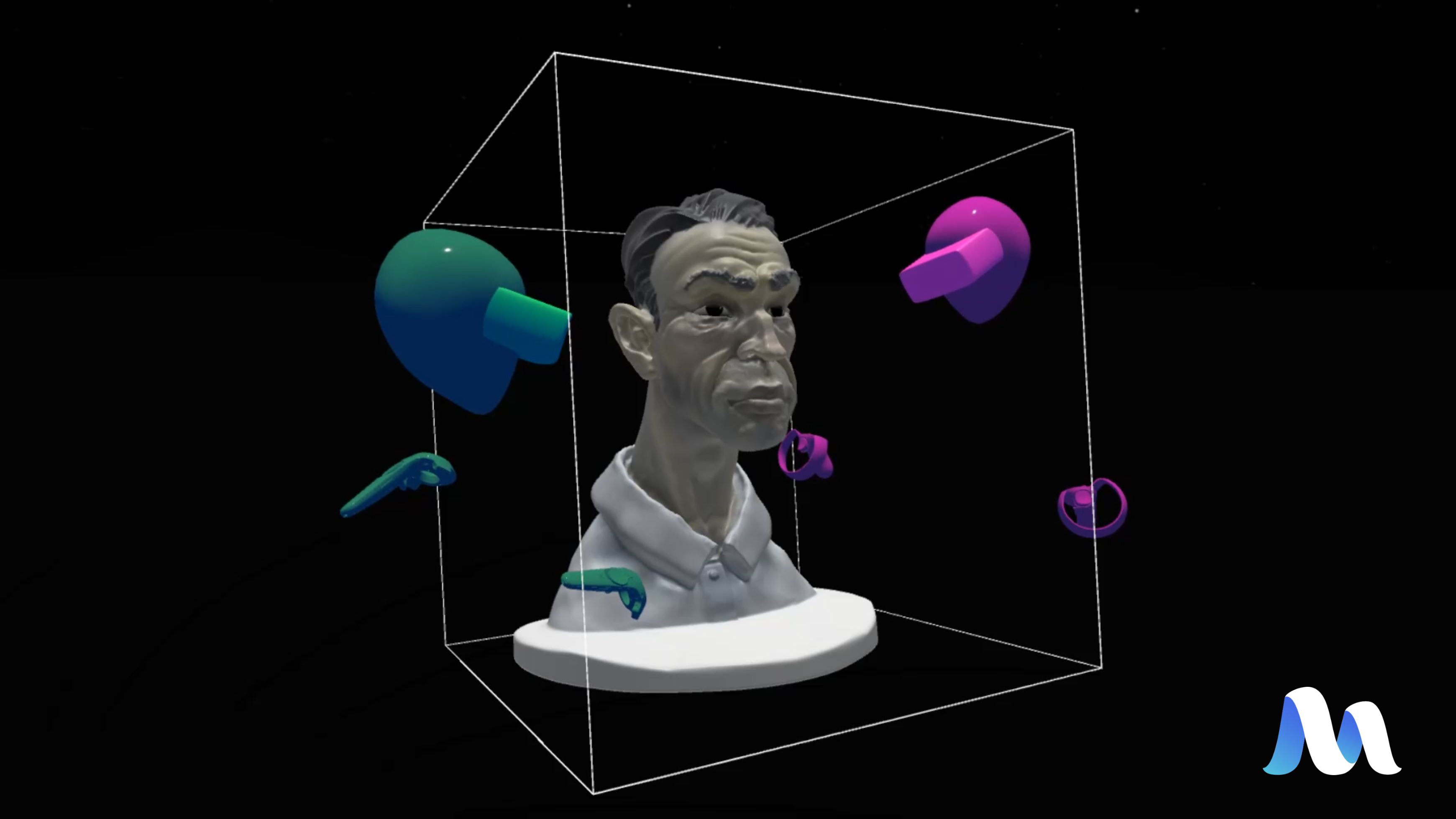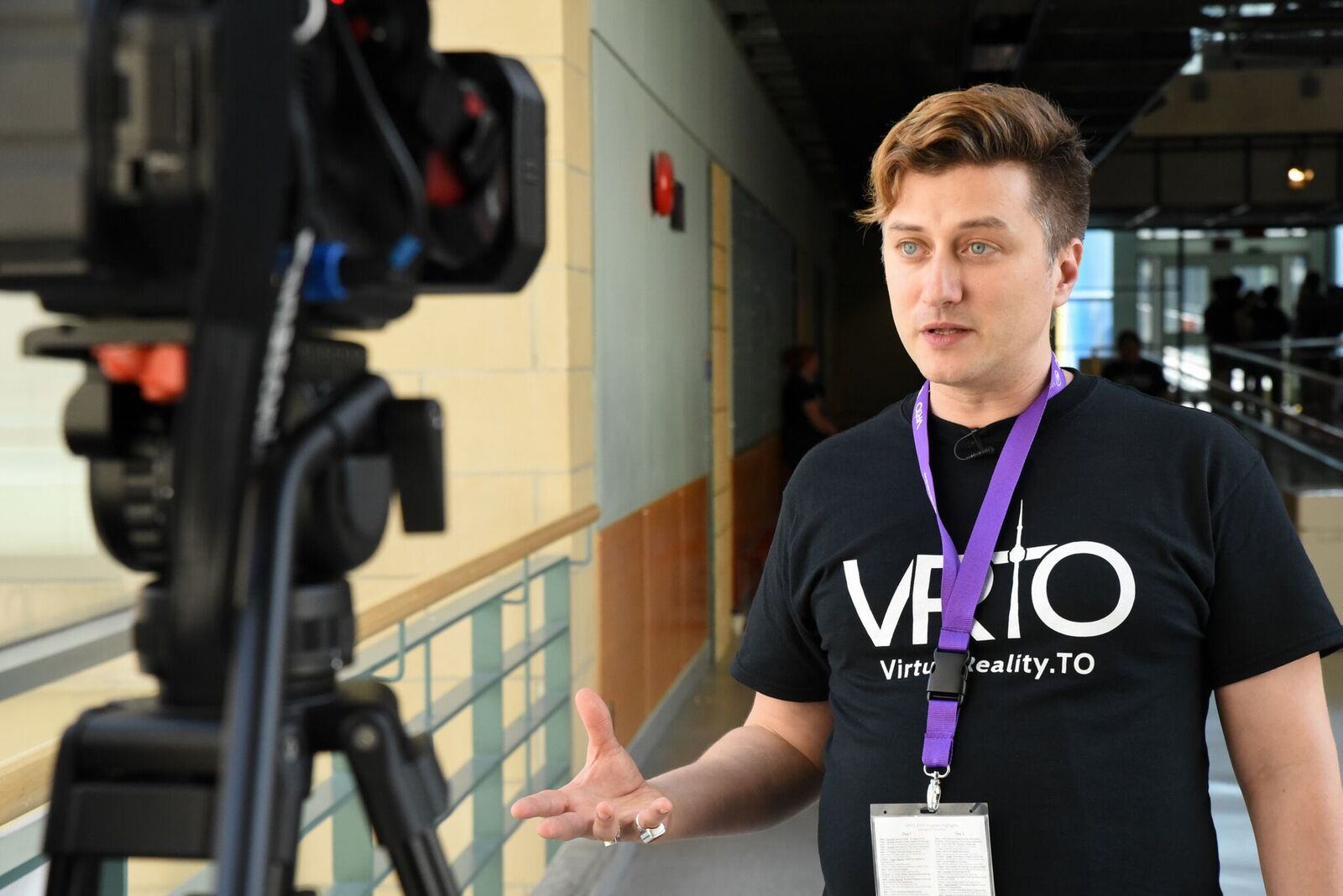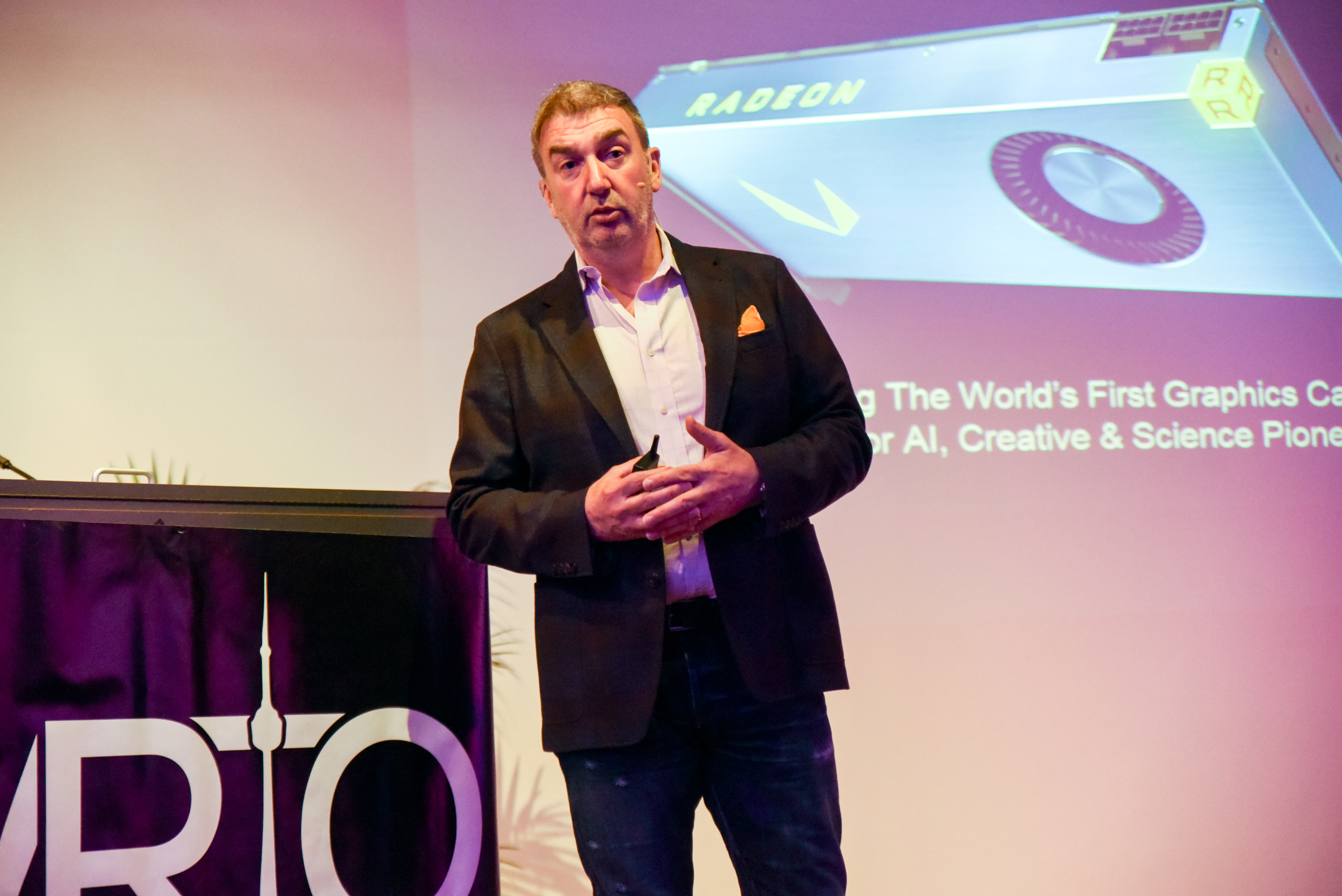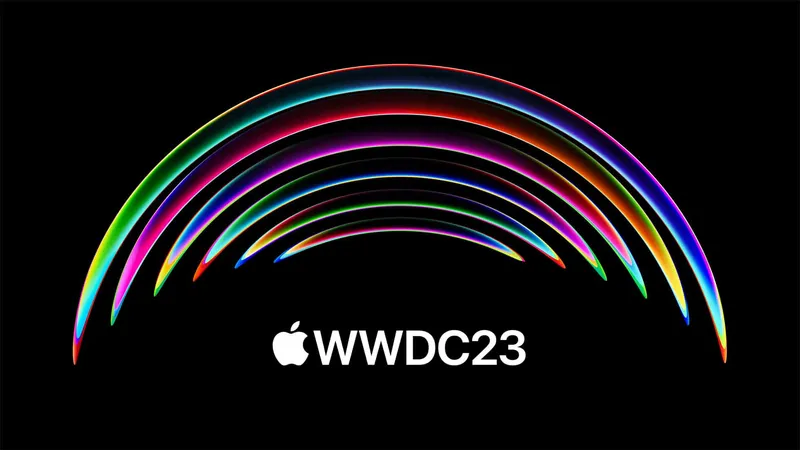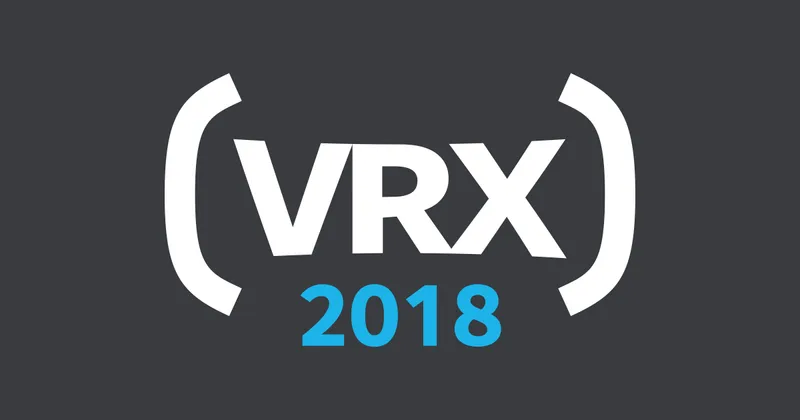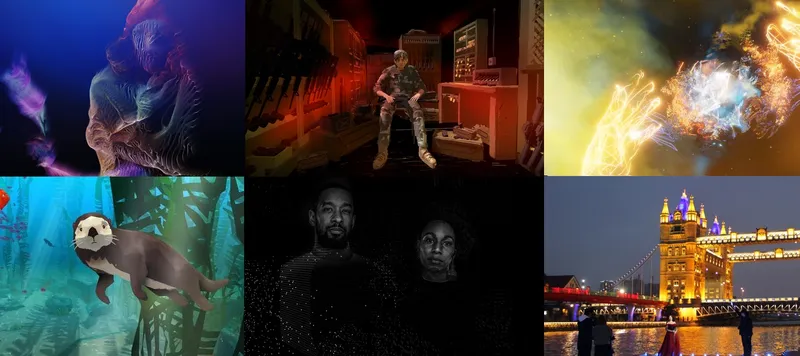The VRTO Virtual & Augmented Reality World Conference & Expo just wrapped up Monday night in Toronto. The two day conference was packed with simultaneous, back-to-back presentations and workshops from industry leaders such as Microsoft, Google, AMD, The VOID, IMAX, Two Bit Circus, Secret Location, Globacore, Quantum Capture, The Canadian Film Centre, and many more. By the end of the conference, 5 themes on what will guild the VR industry forward, became glaringly clear.
The VR Industry’s Unique Culture Will Fuel Innovation
The concept of virtual reality itself magnetizes a certain person. This is the budding technology that innovators, dreamers, and creators see as the mechanism for changing lives. Rikard Steiber, President of Viveport and SVP Virtual Reality at HTC, is constantly sharing his belief that VR “will change the world.” This is our rallying cry around a technology that is in essence a magic hat that a mixing pot of people are building for. And this blend of people is creating a special industry culture.
We need to nurture this culture which is even more apparent when industry leaders converge into conferences like VRTO. Aaron Pulkka, Executive Producer for Attractions at Two Bit Circus, and conference speaker, told me about the Two Bit Circus culture. They have a “maker spirit in the team”, a culture of “engineers of fun: who “test new experiences regularly by trying them out with audiences, and then refining them.” And the Two Bit Circus culture is one they want to extend to the consumer as they look to open up multiple locations. Pulkka’s message that he wanted to get across at the conference is that they are “looking for like minded people to meet and talk about the space.”
With technology evolving so rapidly, in my own talk at VRTO on how to monetize VR, I warned attendees to steer clear of innovating for VR. We are in an industry that needs to maintain a focus on solving for the jobs to be done, not the technology, and we also have to preserve our culture of people rallying behind changing the world. Focusing solely on sales gratification will tarnish the culture and hinder its innovation. James Jensen, Co-Founder and Chief Visionary Officer at THE VOID, also spoke at VRTO. The VOID builds experience that make you feel as if you’re stepping into a dream. And, with a vision like that, they need to build their own Rapture technology solutions to support it, since no consumer product can do the job to the level that they envision. As leaders in the LBE space, this propels consumer expectations, and copycats, forward. It’s the culture that’s driving the innovation, and building their powerful brand.
It’s Different in Canada
In Canada, the public and private sector are working together to grow the industry.
Under Ana Serrano’s leadership as the Chief Digital Officer of the Canadian Film Centre (CFC), her Team is driving Canadian innovation with a blend of government, corporate and private funding, paired with four activities which reinforce each other. First, they are investing in technology and content creating companies for VR, AR, MR and more. Second, they’re running labs on a range of capabilities in the ecosystems. And, they’re working in the space themselves to build expertise and learnings, as well as sharing their own research findings, in their new quarterly Pulse on VR study that is posted free for the industry to access. Serrano highlighted that the study proves Canadian companies are already monetizing VR.
Experiences like the collaborative 3D sculpting platform Masterpiece VR featured at VRTO, would not necessarily come to life without the CFC’s contributions.
Another Canadian group driving the industry forward for VR innovators, with a significant amount of government backing, is the Screen Industries Research and Training Centre (SIRT.) VRTO speaker David Dexter is their Operations and Business Development Lead and has worked with major brands like AMD and Secret Location on uncovering solutions for a range of opportunities, such as the inclusion of photorealistic environments, the use of virtual humans, and the development of increasingly interactive volumetric experiences.
It’s not just the collaboration and support from government-backed groups. Keram Malicki-Sanchez, Founder and Executive Director at VRTO Virtual & Augmented Reality World Conference & Expo, credits an aggregation of three unique factors that are helping to drive the success of VR in Canada. It’s “the combination of multiculturalism, government subsidized arts and technology innovation programs, and in Toronto particularly, this model of artist run coops that make the power tools available to artists.”
This is helping to “discover new uses and applications for the research and the development that they are doing, which I think is really critical to allowing not just technologies but an entire media to discover it’s broader purpose.”
Partner Up
Corporate Vice President of Alliances for AMD, Roy Taylor, flew in to speak at VRTO. But one of his main goals of attending was to “listen, and to learn.” The curiosity of AMD’s charismatic leader also runs deep in AMD’s way of doing business, to monetize VR. Curious to access insights on each of the challenges that will need to be solved for the range of end-users of VR, AMD is offering their product and dollars to partners, in exchange. They’re being offered to help a range of content developers working on everything from medical-related solutions, to a VR experience for the epic Baahabali franchise. The range of content that they are associated with, alone, can empower them with insights on how different consumer groups want to experience VR, through to how to retrain the brain with VR, along with all of the relevant use cases for their growing number of product. And of course, they are getting insights from partners of hardware used to create and experience VR. They’ve even partnered with the CFC on supporting the Masterpiece VR project.
One of AMD’s focuses right now is to better understand the new needs of out-of-home VR businesses, such as allowing for the best playback performance. Taylor is looking to partner with “as many location- based [entertainment centres] as we can scale up to.” They’re already engaged with a few hundred locations in each of the US, Europe and China. Because of the insights they’ve been gathering in field, AMD are working on a concept code-named “LOVR” for location-based VR, that will be an industrial design PC able to withstand industrial temperature ranges and more, based on the needs they’ve identified.
And we can learn exponentially faster with AI. AMD’s Taylor was also clear that “ No way can we develop VR, without at the same time develop artificial intelligence and deep neural networks.” Some interesting partnerships can be developed between the VR and AI industries.
Out-of-Home VR Is Being Monetized, And There Are Ways To Solve for Its Challenges
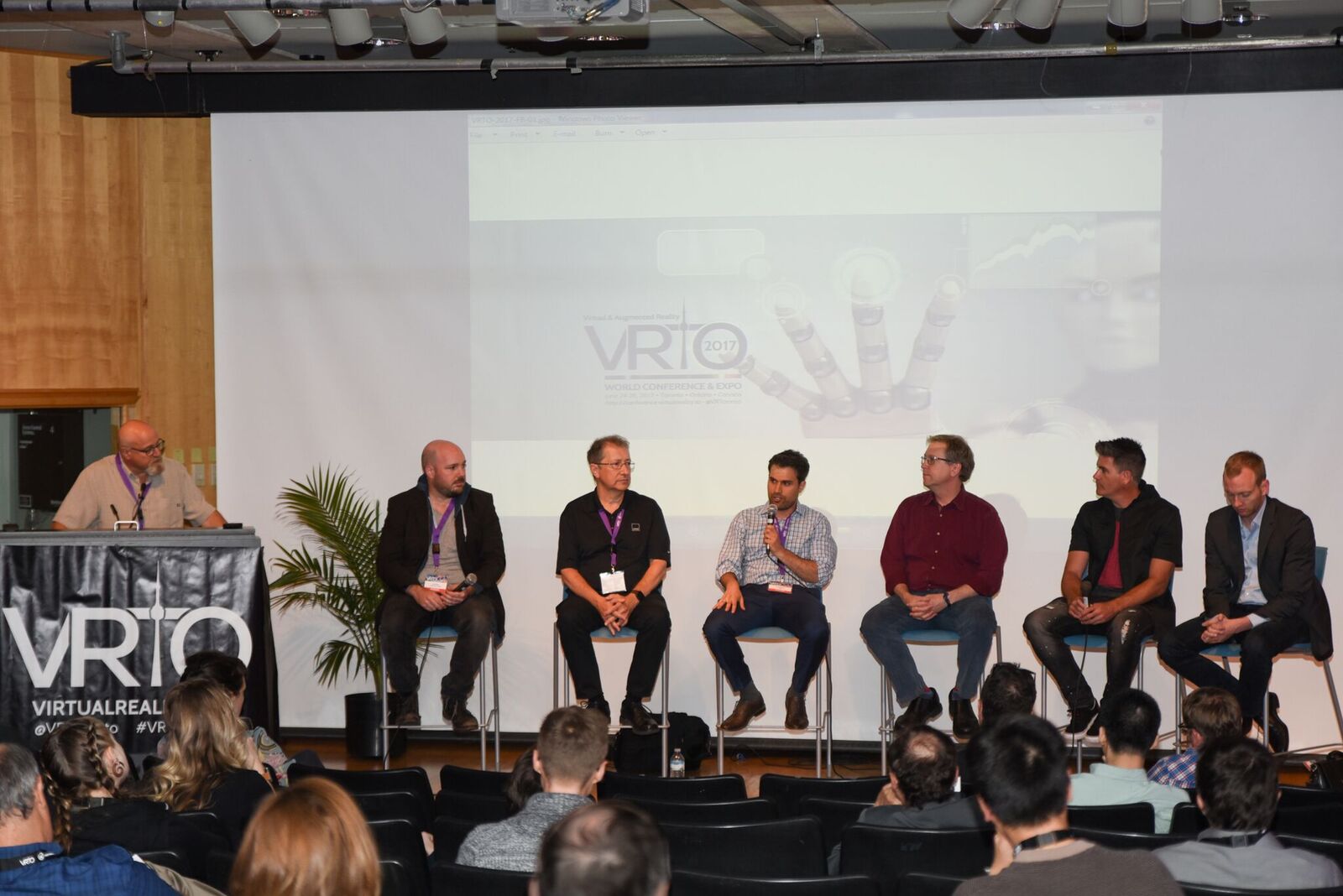
Canadian-born IMAX, The VOID, and the hundreds of VR arcades popping up world-wide, are proof that out-of-home VR has a range of business models that work. Greenlight Insights Analyst, Colin McMahon, is naturally seeing an increased interest in developing them, calling out the Canadian city of Montreal being a new hub of experience development.
But moderator Charlie Fink called attention to the labour, through-put and guest count peak and valley challenges that still need to be solved. Labour is expensive, and right now quite a few people are needed to facilitate the right guest experience. While out-of-home VR has multiplayer options, there are often wait times during peak days. And these locations need to solve for the low traffic outside of the Friday evening to Sunday evening rush.
To solve the problem, IMAX’s Kleiner spoke to the importance of testing in their VR Centres. They’re testing what groups are more profitable to sell to, late-night eSports, dynamic pricing, unique pricing by experience, and even turning their spaces into education centres during the day. The VOID also suggested there may be a solution for integrating more of some of the employee roles, into avatars in the experience itself.
Pay Attention to Untapped Markets
Canadian icon Moses Znaimer also graced the stage at VRTO. His way of thinking has allowed him to build countless successful innovations ranging in medium, playing a major role in building, and evolving, the country’s media landscape. After his talk, a camera crew followed him around as he got hands-on with the range of VR, and AR, content and technologies being showcased. We sat down to talk about how VR will shift the entertainment landscape once again, and for more markets than most content creators are building for right now.
A handful of Znaimer’s media innovations engage boomers, and he sees a great opportunity to build VR solutions for them. His message was clear. “I want to dispel this idea that boomers aren’t interested in kicks, they’re not interested in ‘wow moments’, they’re not interested in deeply shallow things…and they are definitely not slow to adapt.” What will drive adaptation? Znaimer shared the insight that technology that helps Boomers connect more with their family, and friends, is game changing.
This is just one of the audiences that is currently virtually untapped with VR entertainment, and research will tell you there is strong interest from Boomers in a range of types of content. Uncover new segments of consumers to help drive VR forward, and avoid just looking at the obvious demographic splits to more specific experiences consumers have that could benefit from innovative content. AMD’s Roy Taylor cleverly called out our perceived feeling of time distortion in VR, “has promise for long term flights.”

